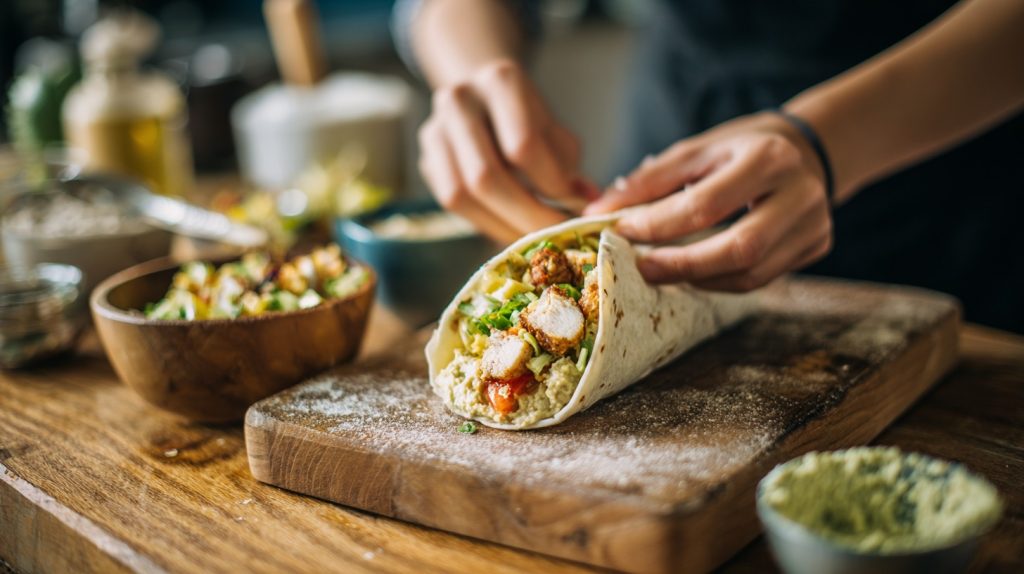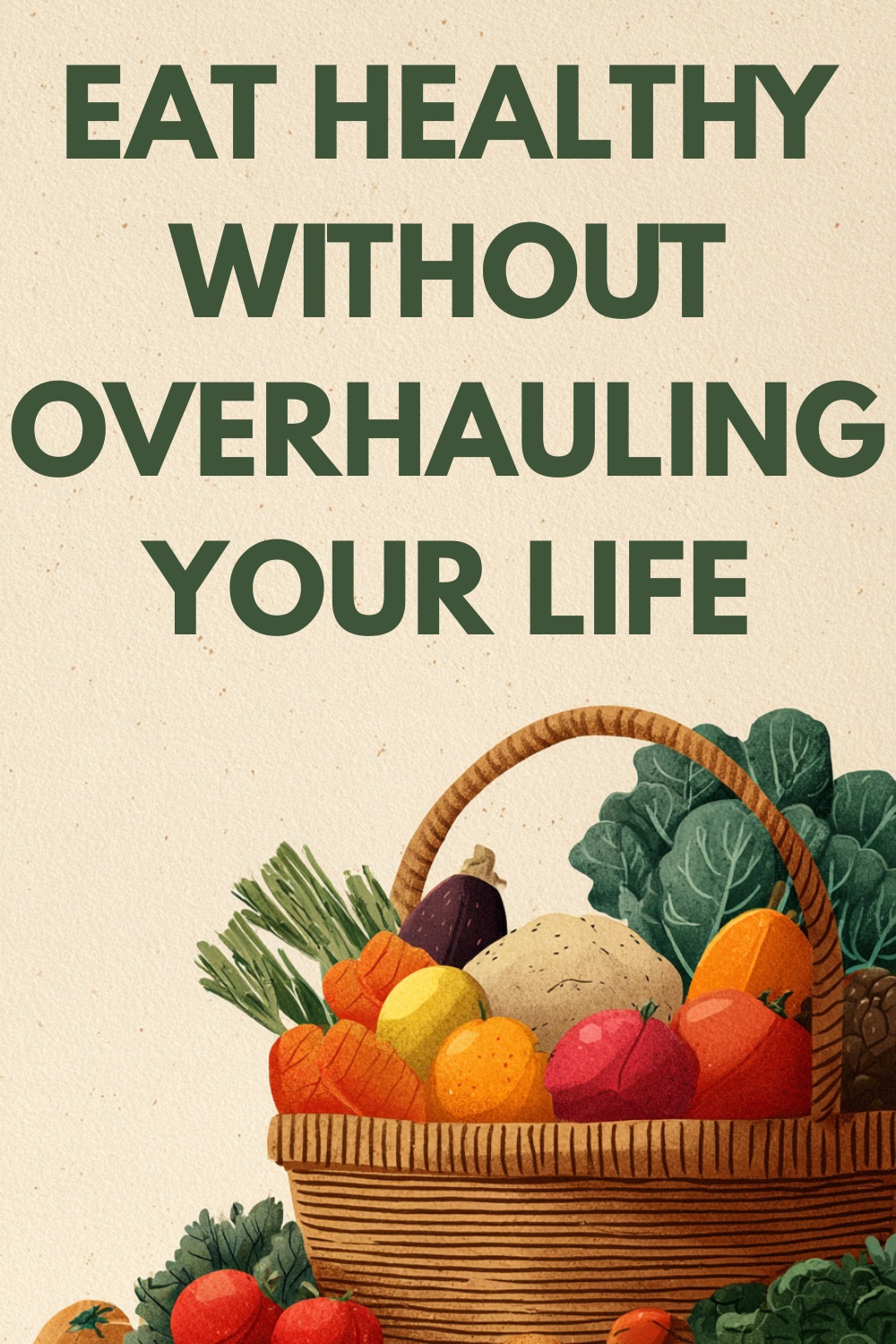If you want to eat healthier but the idea of a big diet change makes you shut down, you’re not alone.
The truth is, you don’t have to overhaul your whole life to make real progress.
You just need a few small shifts that work in real life – not just on paper.
Here’s how to get started.
1. Pick One Meal to Focus On
Don’t try to fix breakfast, lunch, dinner, and snacks all at once.
Start with one meal.
If your breakfasts are usually chaotic or skipped, maybe that’s the place to begin. Or maybe lunch is your daily takeout habit.
Pick one and focus on making it feel more balanced.
This gives you a clear target instead of vague pressure to “eat better.”
2. Keep a Few Go-To Foods on Hand
You don’t need a fridge full of kale or a pantry packed with superfoods.
But it helps to always have a few healthy foods you actually like and know how to use.
Maybe it’s eggs, frozen veggies, and rice.
Maybe it’s a protein bar and a banana.
The point is to make better choices the easy default.
When healthy stuff is within reach, you don’t have to think so hard.
3. Upgrade What You’re Already Eating
You don’t have to stop eating your favorite foods.
Just improve them a little.
Add a handful of spinach to your pasta. Swap sour cream for Greek yogurt. Use whole grain bread instead of white.
These upgrades aren’t dramatic, but they shift your habits without adding stress.
And over time, those small tweaks add up.
4. Use the “One Better Choice” Rule
Don’t aim for perfection.
At every meal or snack, just ask: What’s one better choice I could make right now?
Maybe it’s drinking water instead of soda.
Maybe it’s eating a little slower.
One better choice at a time builds awareness and momentum.

5. Eat at Roughly Consistent Times
You don’t need a rigid schedule.
But if you’re skipping meals, eating at odd times, or constantly grazing, your body never settles into a rhythm.
That can mess with hunger cues and cravings.
Try eating at relatively similar times most days.
That little bit of structure helps more than you think.
6. Don’t Wait Until You’re Starving
If you’re always waiting until you’re famished to eat, healthy choices get harder.
That’s when quick sugar hits and convenience foods take over.
Try to eat before you hit that crash.
You’ll feel more in control and less likely to grab the first thing you see.
7. Make a List of Easy Meals That Work for You
Not Pinterest-perfect meals.
Just 3 to 5 things you like, that are quick, and don’t require much brainpower.
Put that list somewhere visible. Use it when you’re tired and don’t want to think.
You’ll eat better without needing to come up with new ideas all the time.
8. Stop Waiting for the Perfect Time
There’s never going to be a perfect stretch of calm, organized weeks to start eating better.
Waiting for life to settle down just delays progress.
Start now, in the middle of your real life.
One small change is enough.
9. Let Healthy Eating Feel Normal
You don’t need to be obsessed.
You don’t need to meal prep everything or cut out entire food groups.
The more low-pressure and doable it feels, the more likely it is to stick.
So keep it simple.
Let it be imperfect.
And let yourself get better at it over time.
Eating healthy doesn’t have to mean a total lifestyle makeover.
You can build real habits in the middle of a busy, imperfect life.
Start with what’s doable.
Let the changes be small.
And let them work for you – not against you.

